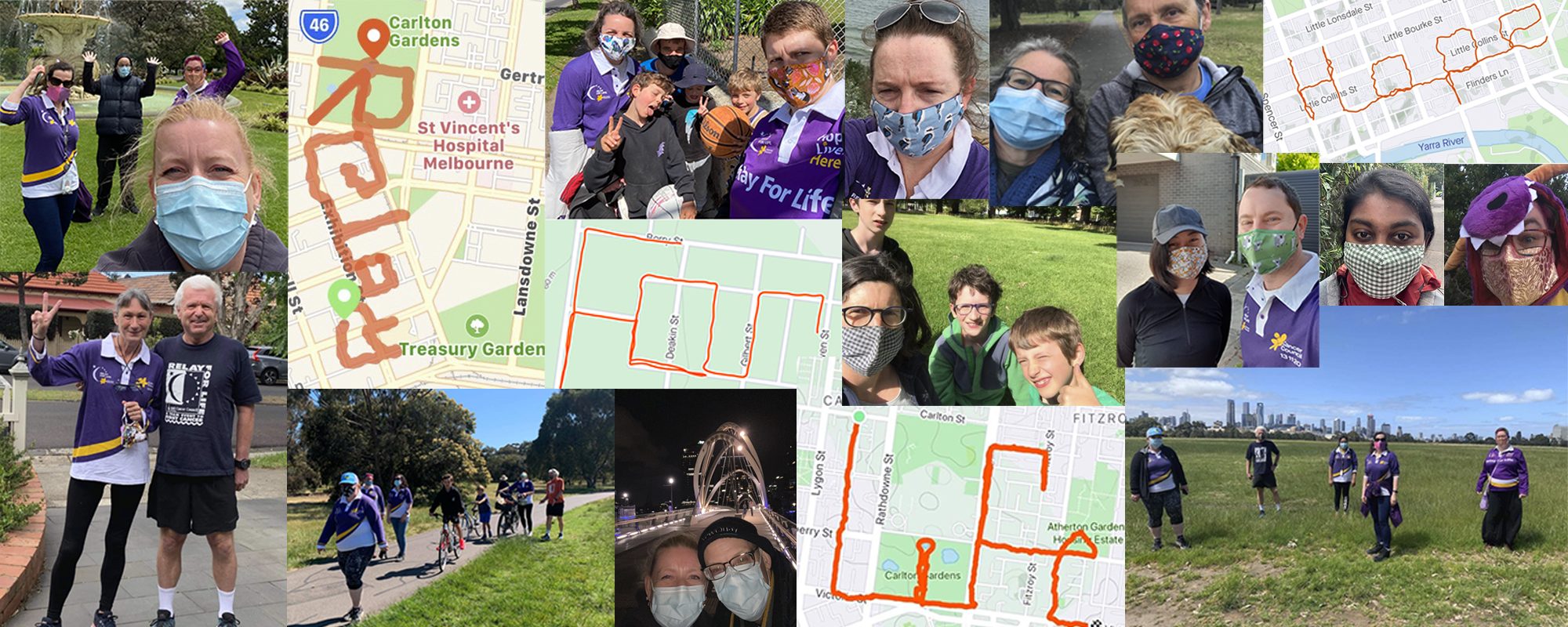Today’s answers to your burning questions come from Lahiru Gangoda and Catherine McLean.
Why can’t you hear in space? – Maggie, 9
Everything in the universe is made of atoms, tiny particles that are too small to see. These atoms can stick together to make molecules, such as water or salt or carbon dioxide.
Sound travels through the vibration of molecules in a medium (such as air or water), and the closer together the molecules are, the faster it can travel. This is why sound travels faster underwater, and it’s also why tin can telephones can work – the molecules that make up a piece of string are packed very closely together and so they can vibrate and transmit sound very efficiently!
But space is a vacuum with no molecules. So, there is no medium for the sound waves to travel through, and so you cannot hear any sounds in space. – Lahiru Gangoda and Catherine McLean
Why is the moon so bright at night? – Abi, 10
Every planet and moon in our solar system reflects the Sun’s light. During the day, the sun illuminates the earth’s atmosphere. Looking into the sky during daytime you will see it is not dark, making it hard to see the moon in the sky. The moon only seems bright in the night sky because it is so close to the earth and because your surroundings are so dark at night. – Lahiru Gangoda
How big is Jupiter? – James I, 11
Jupiter is more than 300 times bigger than Earth. If Earth were the size of a grape, Jupiter would be the size of a basketball. – Lahiru Gangoda
Why is the sun hot? – Natalie, 8 and Dre, 8
The sun is basically a giant nuclear reactor at the centre of our solar system. The sun creates its energy by nuclear fusion. This brings us back to atoms again! The centre of any atom is called a nucleus – which is where the word nuclear comes from.
The sun takes hydrogen atoms and subjects them to intense pressure and heat, until their nuclei stick together, or ‘fuse’, to create a new sort of atom – helium. During this process, a huge amount of energy is released, and this provides the light and heat for all life on earth. – Lahiru Gangoda and Catherine McLean
How does ice melt in summer? – Giovanni, 8
Remember our molecules from Maggie’s question? Well, how closely individual molecules stick together determines their texture or state. When you put water in the freezer, this slows the molecules down until they stick together, forming solid ice (salt does this already at room temperature!).
Ice melts during the summer when heat energy from the sun is absorbed by the ice surface. The heat energy causes the water molecules to move faster, breaking the bonds between molecules to form liquid water.
And if you heat the water right up to boiling point, the molecules will move faster and faster again until they break away from each other entirely and become steam – a gas. – Lahiru Gangoda and Catherine McLean
Dr Lahiru Gangoda is a cancer researcher and a member of Team WEHI. Her research is on finding better ways to treat skin cancer. Don’t forget wear your sun screen! You can read more about Lahiru here.
Catherine McLean is the captain of Team WEHI, and not a scientist at all! She did, however, study Genetic Counselling, as the only Arts graduate in the course, and this left her with a passion for science communication. You don’t need to be a scientist to be interested in science!




